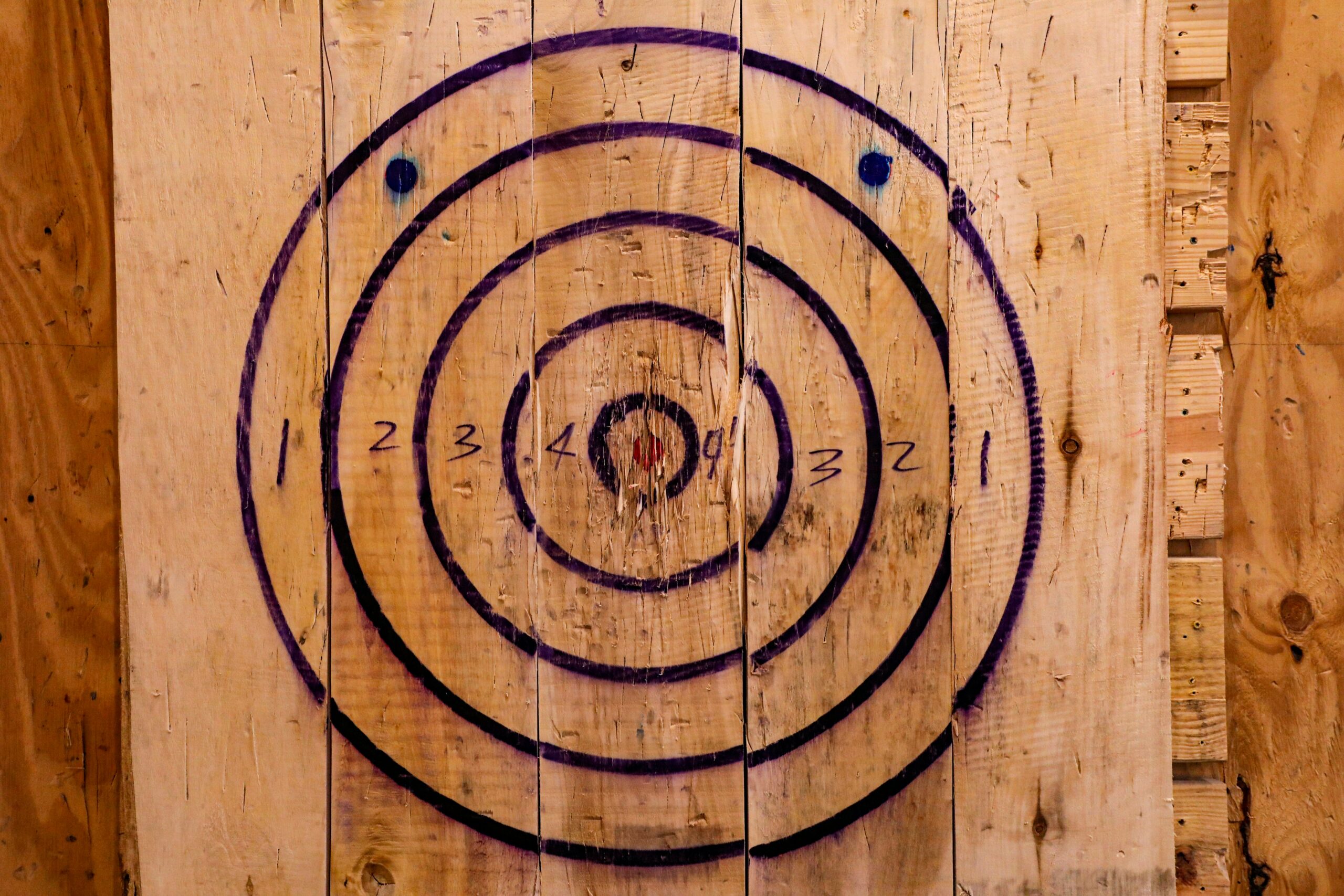Axe-throwing competitions can be challenging, particularly regarding gameplay regulations. Understanding the official axe throwing rules can be the key to success. This guide covers essential regulations, the scoring system, and the importance of sportsmanship. Readers will learn to navigate the competitive landscape, boosting their confidence and enhancing their chances of winning.
Key Takeaways
- Understanding axe-throwing rules improves performance and ensures fair competition
- Proper grip and throwing technique are vital for hitting the bullseye consistently
- Equipment must meet specific standards for safety and performance during competitions
- Good sportsmanship helps create a positive atmosphere for all competitors
- Regular practice builds confidence and enhances accuracy in axe-throwing events
Understanding the Official Axe Throwing Rules

Understanding the fundamental rules of axe throwing is key for competitors in tournaments and playoffs. Knowing how to grip the handle properly, the correct release techniques and the required throw height can significantly impact performance. This section will clarify common misinterpretations of official rules, ensuring every player is prepared for success.
Overview of the Fundamental Rules
The fundamental rules of axe throwing are essential for any competitor aiming for success in tournaments like those organized by the World Axe Throwing League. Participants must prioritize safety during throws and practice good sportsmanship, ensuring a respectful and fair competition environment. Key elements include the correct grip, throw height, and aiming for the bullseye, which becomes even more crucial in sudden-death scenarios when precision determines the winner.
Importance of Knowing the Rules for Competitors
Knowing the official axe-throwing rules is vital for competitors who want to succeed in events organized by the World Axe Throwing League (WATL). Familiarity with these regulations minimizes the risk of penalties, ensuring a smooth and fair competition. Mastery of the guidelines regarding hatchet handling and throwing techniques directly impacts performance, especially when aiming for the bullseye on wooden targets.
Common Misinterpretations of the Official Rules
Common misunderstandings of the official axe-throwing rules can lead to unnecessary penalties and injuries. Many competitors confuse proper measurement techniques for throw distances, resulting in a fault if the axe lands outside the designated area. Furthermore, the code of conduct outlines expectations for sportsmanship and safety, yet some may overlook these critical guidelines, impacting overall competition integrity.
- Proper measurement of throw distances is crucial to avoid faults.
- Understanding the code of conduct enhances sportsmanship and safety.
- Neglecting these rules can lead to penalties and injuries.
Essential Gameplay Regulations

The layout and specifications of the throwing venue play a crucial role in axe-throwing competitions. Competitors should know equipment standards and requirements to ensure their gear meets safety and performance guidelines. Understanding permitted throwing techniques under the rules further enhances players’ skills and effectiveness. Each of these components is vital for achieving optimal competition success.
Layout and Specifications of the Throwing Venue
The layout and specifications of the throwing venue are crucial elements in axe-throwing competitions. Each venue should have a clearly marked throwing area with an appropriate distance to the target, typically around 12 to 15 feet, depending on the organization’s rules. Competitors must ensure that the targets are securely positioned and meet size standards, enhancing both safety and competition fairness.
Equipment Standards and Requirements
Equipment standards and requirements are vital for successful axe-throwing competitions. Competitors must use axes that meet specific weight and size criteria, ensuring consistency across all participants. Properly maintained equipment enhances performance and promotes safety, reducing the chances of accidents during events.
- Axes must meet specific weight and size criteria.
- Proper maintenance of equipment enhances performance.
- Meeting equipment standards promotes safety during competitions.
Throwing Techniques Permitted Under the Rules
In axe throwing competitions, understanding permitted throwing techniques is key for competitors aiming for success. Two common throws include the standard overhand throw and the more advanced underhand throw. Proper execution of these techniques boosts accuracy and ensures compliance with safety standards, making it essential for competitors to practice consistently.
Scoring System in Official Competitions

The scoring system in official axe-throwing competitions plays a vital role in determining a competitor’s success. It involves breaking points and scoring zones, clarifying how to earn points. Accurate score recording is essential for fair play, and understanding differences in scoring between competitions can impact strategy. Each topic will provide valuable insights for competitors aiming to master the official rules.
Breakdown of Points and Scoring Zones
The scoring system in axe-throwing competitions is straightforward yet critical for success. Competitors earn points based on where their axe lands on the target, with different zones offering varying point values.
How to Record Scores Accurately
Accurate score recording is vital for maintaining fairness in axe-throwing competitions. Competitors should utilize a score sheet where each round’s points are clearly noted, ensuring all participants understand the scoring zones. Using a simple system, such as tallying points after each throw, can help competitors keep track effectively and avoid confusion during the match:
- Use a clear score sheet for easy reference.
- Tally points after each throw to maintain accuracy.
- Ensure all participants agree on scoring before the competition starts.
Differences in Scoring Between Competitions
In axe throwing, scoring can differ from one competition to another, impacting how competitors strategize during matches. For example, some tournaments may offer bonus points for hitting the bullseye in sudden-death rounds, while others have a consistent point system across all rounds. Participants must review the specific scoring guidelines of each event they compete in to adapt their throwing techniques and maximize their scores.
Conclusion
Mastering the official axe-throwing rules is crucial for competitors aiming for event success. Understanding the fundamental guidelines, including proper techniques and scoring systems, minimizes the risk of penalties and enhances performance. Participants who are well-versed in these regulations improve their skills and contribute to a fair and respectful competition environment. Emphasizing knowledge of the rules empowers competitors to achieve their best in every match.

